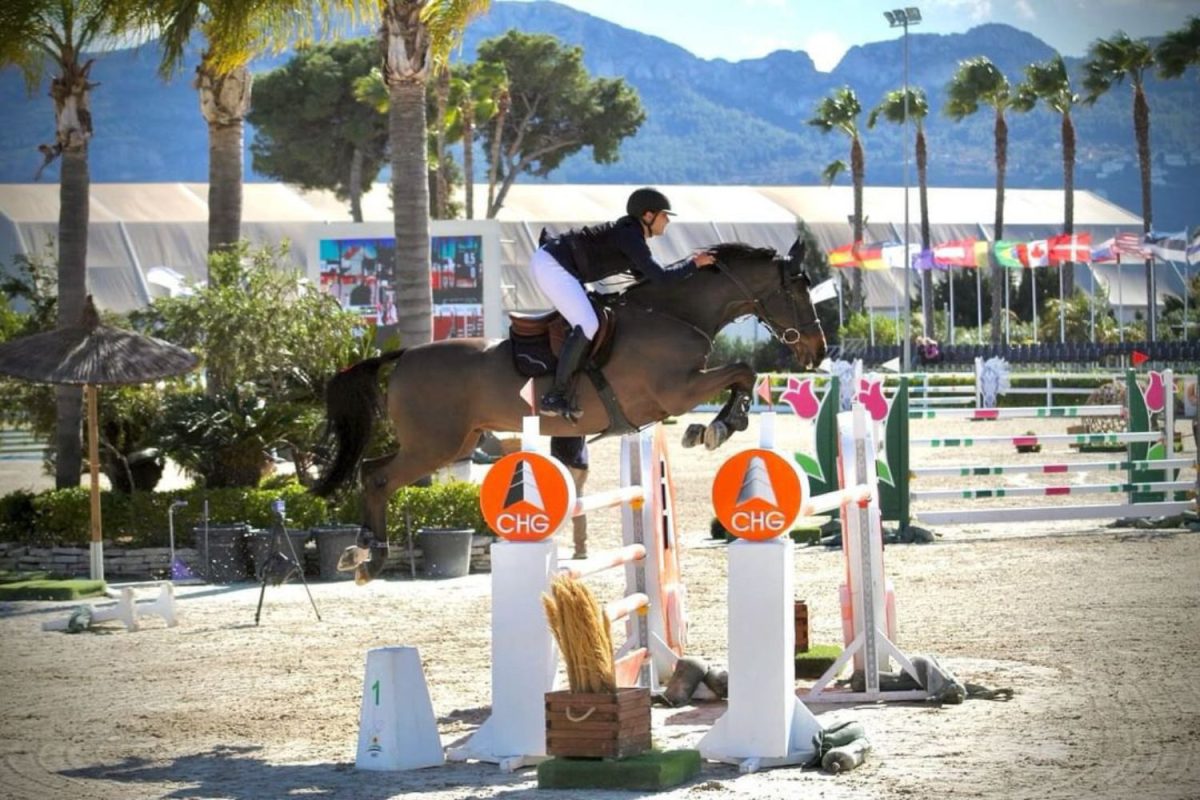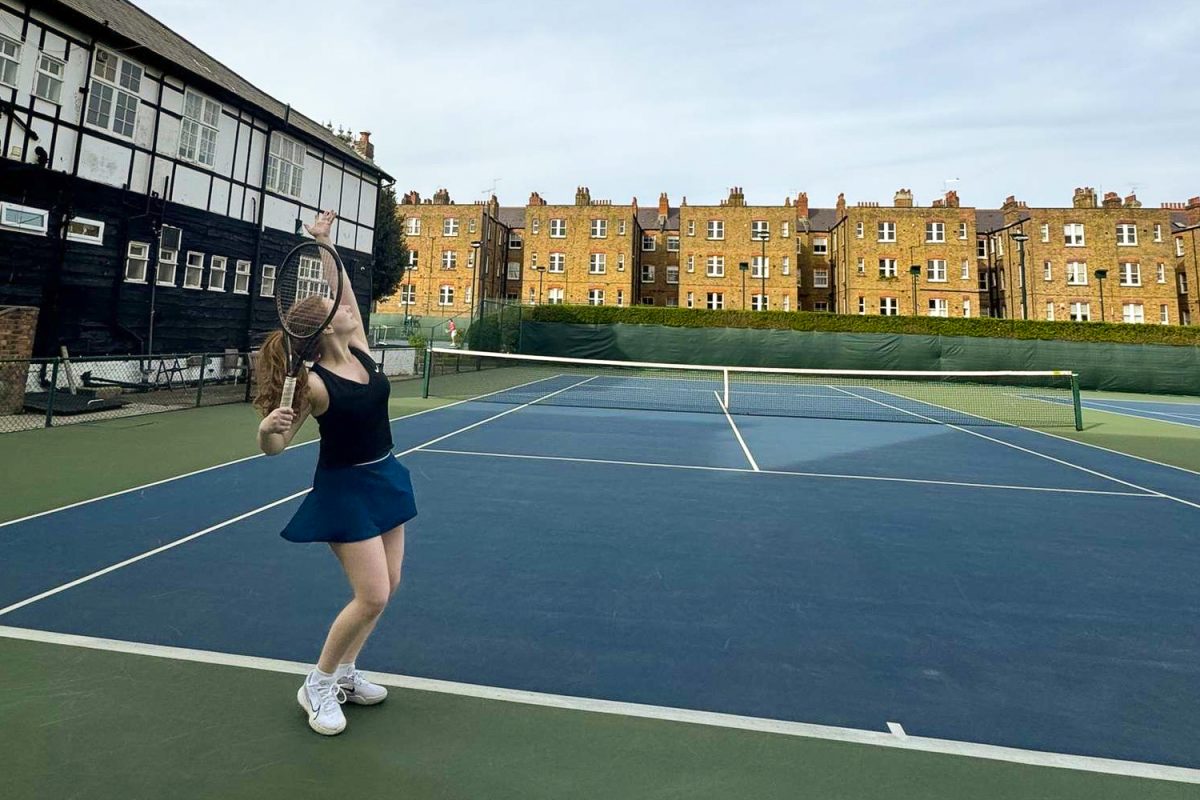Have you ever felt intimidated by an opponent because of their expensive soccer shoes? Do you think those enhanced shoes give them an unfair advantage? As an avid soccer player myself, these questions regularly cross my mind.
This disparity in equipment notably exists in high school sports, where athletes stem from various socioeconomic backgrounds. Different athletes have different budgets for equipment, often impacting their performance.
Innovations in sports technology evolved rapidly over the past few decades, according to WIRED. Sensors, gear and clothing have become increasingly popular in all facets of athletics. This is a step in the right direction for the world’s innovators. But, there should be strict limitations to the advancement of equipment.
In the 2018 Berlin Marathon, a record-breaking time was recorded. Eliud Kipchoge broke the world record wearing Nike’s Vaporfly 4% shoes. The shoes claim to save 4% of the runner’s energy, which enables them to run faster, according to Business Insider.
Furthermore, in the six world major marathons in 2019, 31 out of the 36 podium awards were given to runners wearing Vaporfly’s, per BBC Science Focus. I am not discrediting Kipchoge, one of these athletes – he deserved his record – but his shoes did help him run slightly faster. This limits fellow runner’s performance, as many are not able to access costly shoes which enhance running ability.
This limits fellow runner’s performance, as many are not able to access costly shoes which enhance running ability.
The Vaporfly shoes are retailed at a hefty $250, which is more than twice the amount of the average running shoe price at $121.10, according to RunRepeat. Most are unable to afford such an expensive running shoe. The equality gap is especially prevalent in amateur races, where many do not have the financial means to purchase expensive shoes.
Moreover, during the 2008 Beijing Olympics, 25 world swimming records were broken. Ninety-eight percent of those records were shattered when the swimmers wore the Speedo LZR Racer. The material of the Speedo LZR Racer is Polyurethane, which rejects water and reduces drag by a whopping 24%, according to Inverse.
The performance-enhancing suit is unfair as some swimmers had existing sponsors who would not allow them to wear the Speedo LZR Racer. The Fédération Internationale De Natation later banned the LZR Racer in 2010 after receiving backlash.
Expensive and exclusive performance-enhancing equipment should strictly be used for testing purposes only until this equipment is available to the general public for a standard price.
It is remarkable that the creators of this equipment have furthered scientific research and propelled innovation. However, expensive and exclusive performance-enhancing equipment should strictly be used for testing purposes only until this equipment is available to the general public for a standard price. In competitions where it is easy to regulate, such as swimming, everyone must wear the exact same clothing to prevent athletic enhancement.
For high school competitions like the ISSTs, administrators should be clear to players about regulations. Shoes must be checked in advance of races to confirm there is no advantage. These sportswear-regulating practices will increase equality in sports and ensure a level playing field for everyone.









